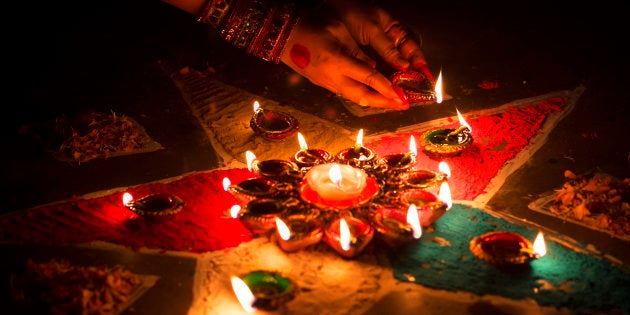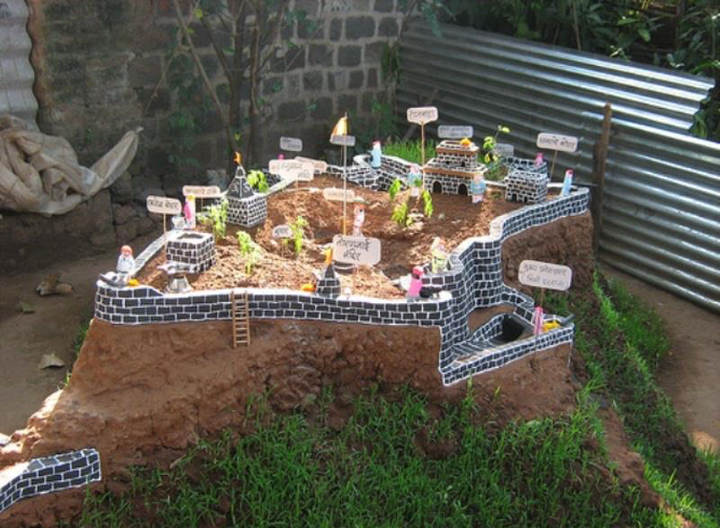
Growing up, we heard different stories about why Diwali was celebrated on the darkest night of the year. Although there are many myths and stories about how the festival came to be, looking back it makes sense that the festival of lights is celebrated on the year's darkest night. In real life, as well as metaphorically, Diwali signifies the triumph of the good over evil and of light over dark.
Practically every region and every community in the Indian sub-continent celebrates Diwali in their own unique way. Sadly, that is not what we get to see in popular culture. Diwali is about much more than gifts and firecrackers.
Here are some rituals that different communities in different parts of India observe during Diwali:
1. Bengalis, Assamese and Oriyas worship Goddess Kali during Diwali.
While it is widely known that Goddess Lakshmi is worshipped during Diwali, some states in eastern India worship Goddess Kali. The Bengali, Assamese and Oriya communities celebrate Lakshmi Puja a few days after Durga Puja. Kali Puja is performed on the day of Amavasya in the Hindu month of Karthik, which often coincides with Diwali or is a just ahead of it.

2. The Sikh community celebrates the laying of the foundation stone of the Golden Temple.
Although the celebrations look more or less the same, different reasons make Diwali auspicious for the Sikh community. The foundation stone of the Golden Temple was laid during Diwali. The Sikhs also celebrate the release of the Sixth Guru, Guru Hargobind along with 52 Hindu kings who had been imprisoned by Emperor Jehangir. The Sikhs light their first diya at a gurudwara.
3. Gujaratis celebrate their new year.
Diwali marks the end of the Gujarati year. The celebrations are a way of offering thanks for the year gone by and all the good fortune that it brought. The day after Diwali is the beginning of the new fiscal year.
4. In Maharashtra, children build mud forts during Diwali.
As a mark of respect to Chhatrapati Shivaji Maharaj, whose formidable forts are a sight to behold, children in Maharashtra build mud forts complete with citadels, tanks and even soldiers. These forts, known as Shivaji qillas, remain standing for as long as a month after Diwali and are eventually dismantled only to be built again the next year.

5. In Tamil Nadu, Goa and Karnataka, people burn effigies of Narakasura.
What is celebrated as Chhoti Diwali in North India, people in the states of Tamil Nadu, Goa and Karnataka celebrate as Naraka Chaturdasi. Effigies of the demon, Narakasura, are burned at dawn followed by lighting firecrackers. The evenings see the usual celebrations with light, fireworks, food and gifts.
6. The Nepali community celebrates Bhai Dooj on the last day of Diwali.
On the fifth or the last day of the five-day long Diwali celebrations, the Nepali community celebrates Bhai Dooj, a ritual similar to Raksha Bandhan. The sisters pray for the long and happy life of their brothers, who in turn, pledge to keep their sisters safe.
7. The Jain community believes that Lord Mahavira attained moksha during this day.
Although the celebrations remain more or less the same, the Jain community believes that Lord Mahavira obtained moksha on this same day. They celebrate Diwali to remember the last Tirthankar.
8. In the Sindhi community, male members and children walk with torches to the temple to welcome Lord Ram.
The original practice involved men and children carrying homemade mashaals to the temples to welcome Lord Ram. However, it has evolved now with people carrying candles instead.